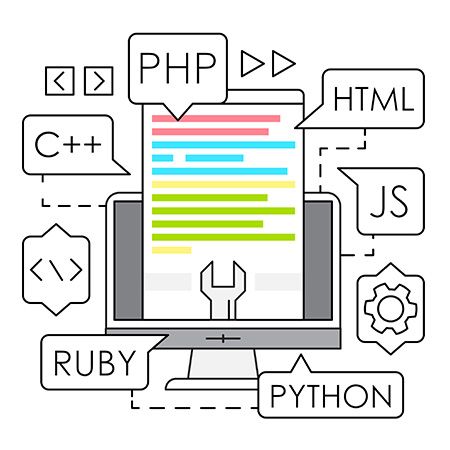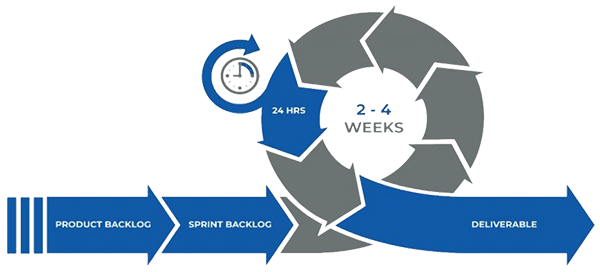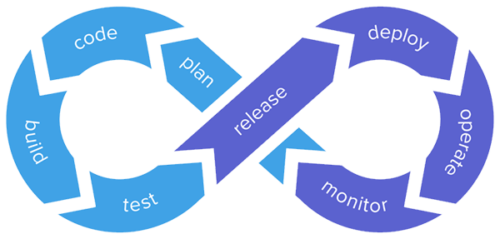Software Development Methodologies

To manage a project efficiently, the development team must choose the software development methodology that will work best for the project at hand. All methodologies have different strengths and weaknesses and selecting the right one depends largely on the team size, project goals, and other factors.
These are the main software development methodologies we utilize at VOBLA:
Agile

Agile methodology is currently one of the most popular software development methodologies. This approach is designed to accommodate change and the need to produce software faster. Agile focuses on how to satisfy the users instead of emphasizing documentation and rigid procedures.
Using the Agile approach, tasks are broken into short sprints or iterations, each of which includes a defined duration and list of deliverables, but in no particular order. It’s an iterative model that involves multiple tests as the development progresses. During sprints, teams work towards the goal of delivering working software.
Client satisfaction is the highest priority with the Agile approach, which teams achieve by continuously delivering working, tested, prioritized features.
Scrum

Another way to implement the Agile approach, Scrum is arguably one of the most flexible software development methodologies available. It is based on the Agile philosophy that teams and developers should collaborate heavily and daily. The Scrum methodology involves the Scrum Master, Product Owner, and the Development Team.
The product owner takes input from the client and ensures that the team is on track in fulfilling the client’s requirements. Meanwhile, the Scrum Master acts as a facilitator and ensures that team members follow the Scrum process. The team takes charge of executing the development.
Scrum incorporates the structure and discipline of more traditional software development methodologies with the flexibility and iterative practices of modern Agile.
DevOps

The DevOps methodology is a combination of Dev (software development) and Ops (information technology operations). Together, they create a set of practices designed to improve communication and collaboration between the departments responsible for developing a product.
DevOps methodology is an approach that takes the main principles of agile programming and applies them to the entire development and operations pipeline. Instead of a slow, manual and linear progression from initial requirements to a finished product release, the development process is a continuous and highly automated loop of modification, verification, and release, based on the principles of continuous integration and continuous delivery (CI/CD).
DevOps is focused on improving time to market, lowering the failure rate of new releases, shortening the lead time between fixes, and minimizing disruption while maximizing reliability.
Rapid Application Development (RAD)

Rapid application development (RAD), sometimes called rapid application building (RAB), is an agile methodology that aims to produce quality results at a low-cost investment. The process prioritizes rapid prototyping and frequent iteration.
The RAD method contains four phases: requirements planning, user design, construction, and cutover. Unlike linear models, RAD emphasizes building prototypes with the given requirements and testing them out with the customer. This is done through multiple iterations until the customer confirms that the product meets all requirements.
RAD is especially useful for small to medium projects with a well-defined objective that are time sensitive.

